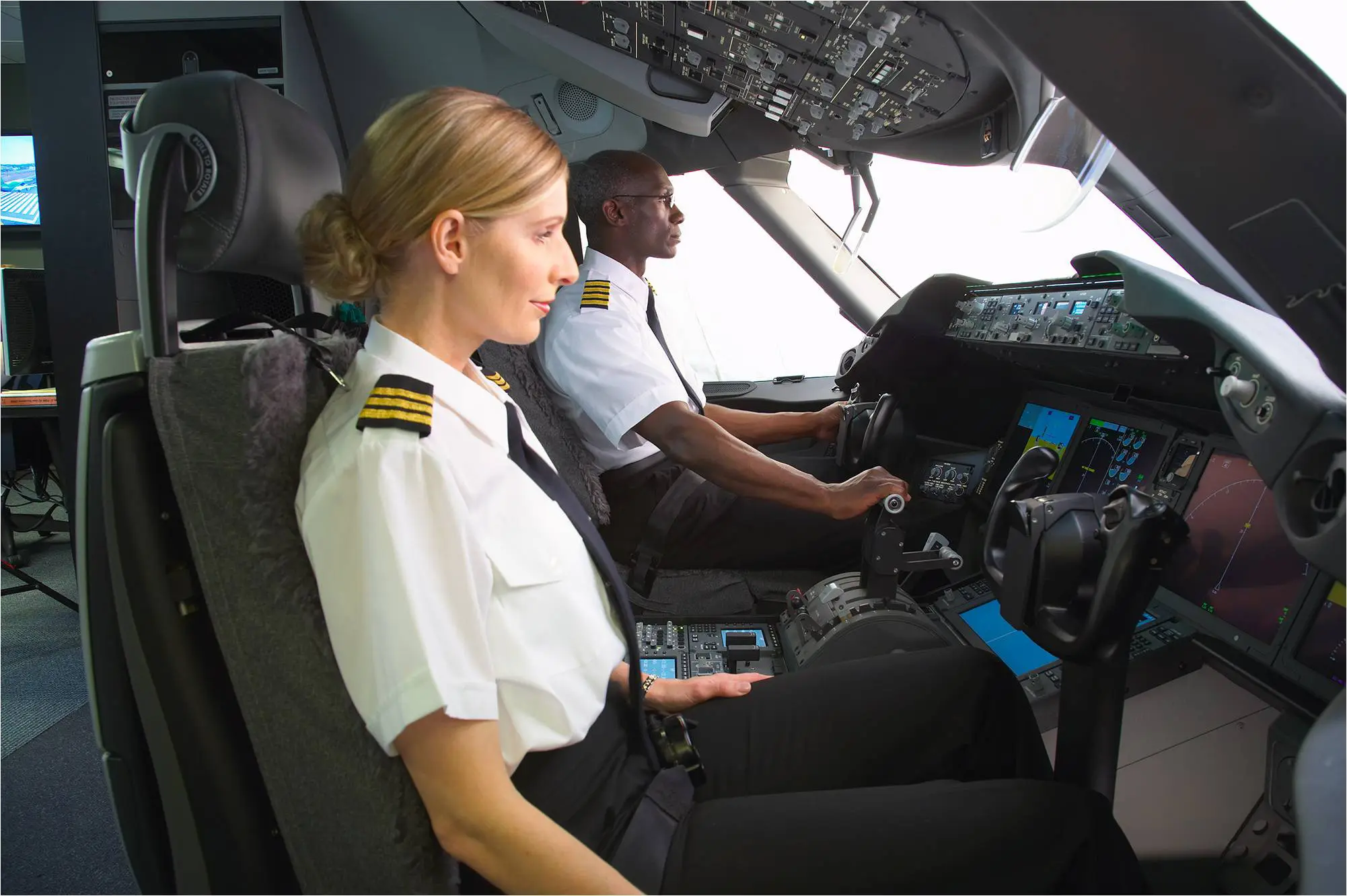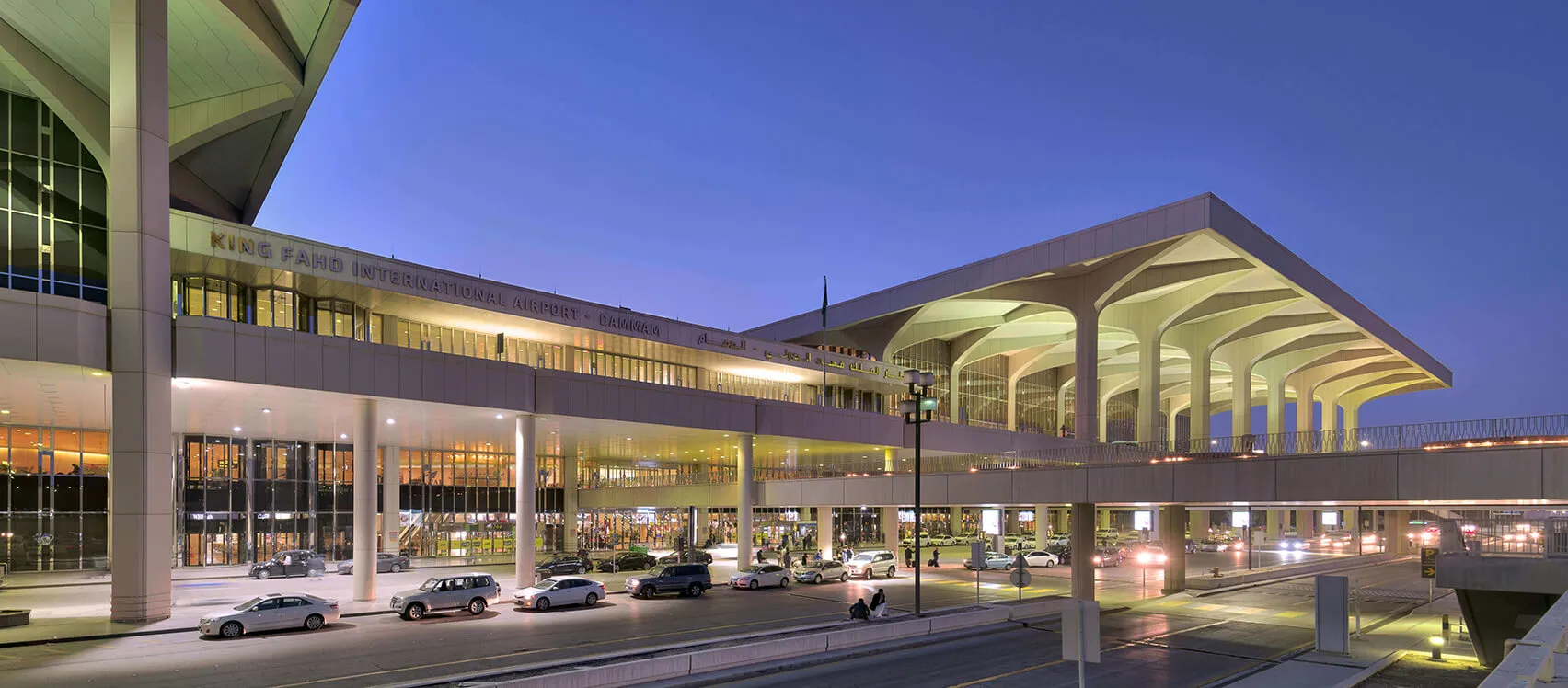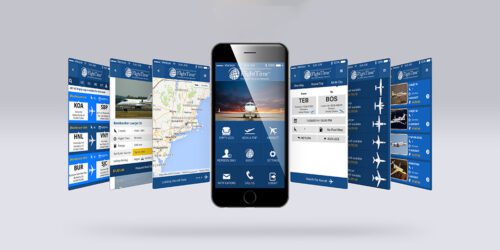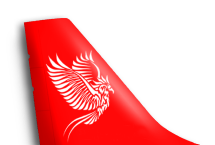Difference Between Pilot and Co-Pilot? Who Controls the Aircraft During Flight?
Have you ever wondered who is actually in charge of flying the airplane during a flight? 🔳 Pilot 🔳 Co-pilot 🔳 Autopilot system
Is the captain always the one flying the plane, or does the co-pilot play a critical role too? In the complex world of aviation, the roles of the pilot and co-pilot are deeper and more intricate than you might think. In this article, we’ll explore the differences and responsibilities of both positions in simple yet technical language, offering a clearer look at what happens behind the closed cockpit door.
Join us in this article from the Sepehran blog.
Who is the Pilot and What Are Their Responsibilities?

The pilot, often referred to as the “Captain,” is the person in charge of all flight decisions. With extensive experience, the pilot holds the ultimate responsibility for flight safety, aircraft control, and handling emergency situations.
Key responsibilities of the pilot:
- Planning the flight route
- Making final decisions about weather conditions
- Communicating with air traffic control
- Managing emergencies and critical situations
- Supervising the crew and co-pilot
Who is the Co-Pilot and What Is Their Role?

The co-pilot, also known as the “First Officer,” is far from just a simple assistant, contrary to popular belief. They are fully trained, licensed, and capable of flying the aircraft.
Main duties of the co-pilot:
- Sharing flying responsibilities with the pilot (task distribution)
- Monitoring aircraft systems and instruments
- Communicating with air traffic control when necessary
- Fully replacing the pilot if needed.
- Performing pre-flight and post-flight checks
Co-Pilot’s Qualifications and Characteristics

| Feature | Description |
|---|---|
| Co-pilot License | Must hold a CPL (Commercial Pilot License) or a valid license from aviation authorities |
| Co-pilot Rank | Second in command; generally referred to as the “First Officer” |
| Uniform | Standard attire includes a white shirt, dark trousers, two-striped epaulettes, and the airline insignia |
| Hat | Navy or black peaked cap with airline badge and a gold stripe; simpler than the captain’s hat |
Who Really Flies the Plane?

Most flights share piloting duties between the captain and the co-pilot. For instance, the captain may handle the outbound flight, while the co-pilot may take control of the return leg. This system ensures both pilots maintain their skills and readiness.
Experience and Responsibility: The Key Difference
Generally, the captain has more flight experience and a longer service record than the co-pilot. This gives the captain the final say in complex or critical decisions. However, the co-pilot must also provide technical input and be equally responsible for flight safety.
From Co-Pilot to Captain

Co-pilots can be promoted to captain after completing certain flight hours, additional training, and passing the required exams. This process usually takes several years and requires strong performance and experience in real flight conditions.
Conclusion: Two People, One Goal
Ultimately, the pilot and the co-pilot are trained to operate the aircraft safely. They function as a coordinated team, with their main differences being final responsibility and experience; successful flights result from the shared efforts of these two key roles.
This article explained the differences between a pilot and a co-pilot. The pilot is the main person responsible for flying the aircraft, while the co-pilot, also known as the First Officer, assists in all duties. Although both roles require training and licenses, the captain usually has more experience and authority. Co-pilots often gain experience to become a captain in the future. Overall, both roles are essential to ensure safe flights for passengers.
FAQs:
- Holding a CPL (Commercial Pilot License)
- Completion of theoretical and practical flight courses
- Possession of a Class 1 medical certificate
- Familiarity with aircraft systems and equipment
- Ability to handle high workloads and jet lag
- Full fluency in English











